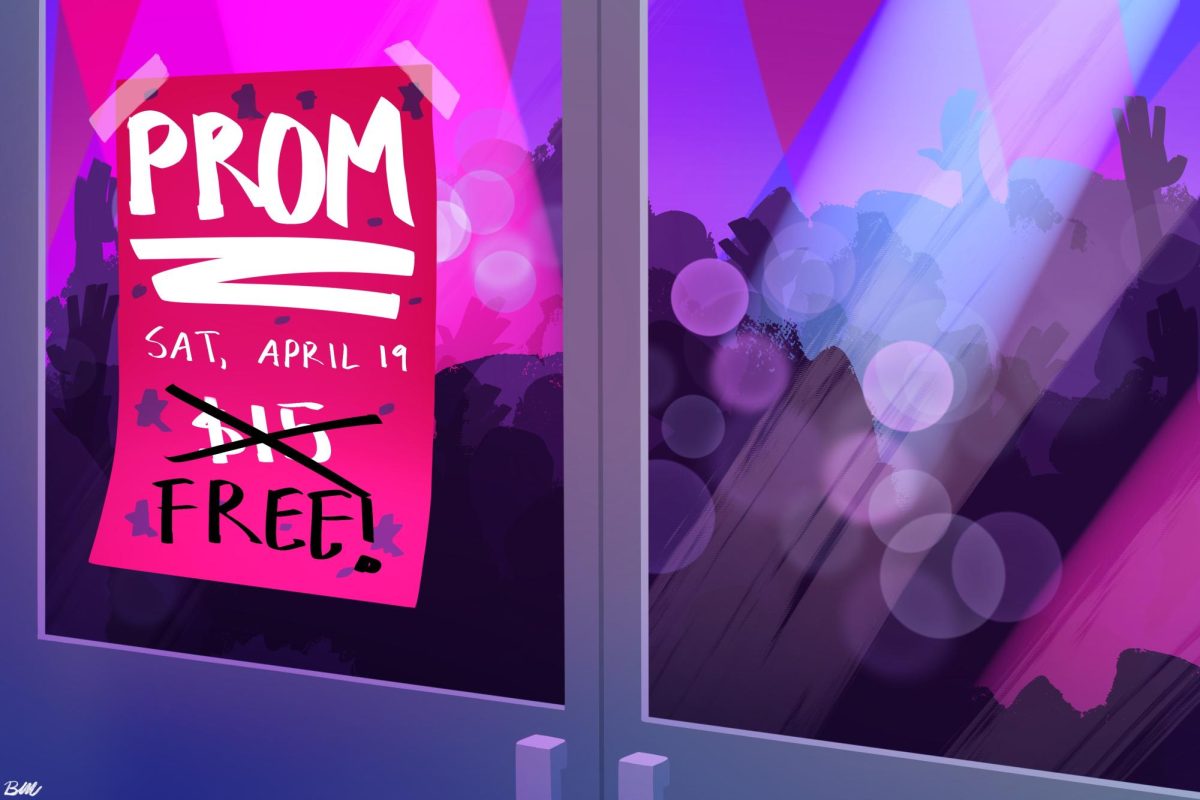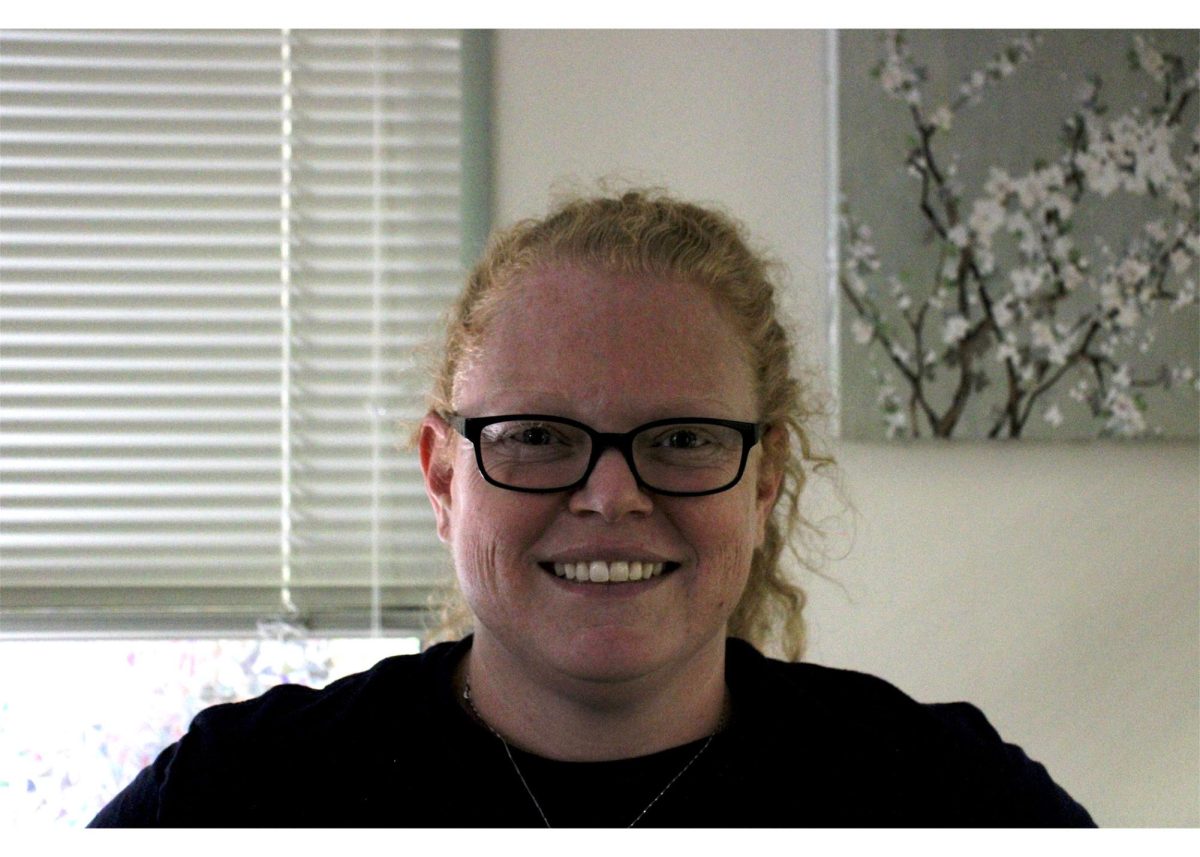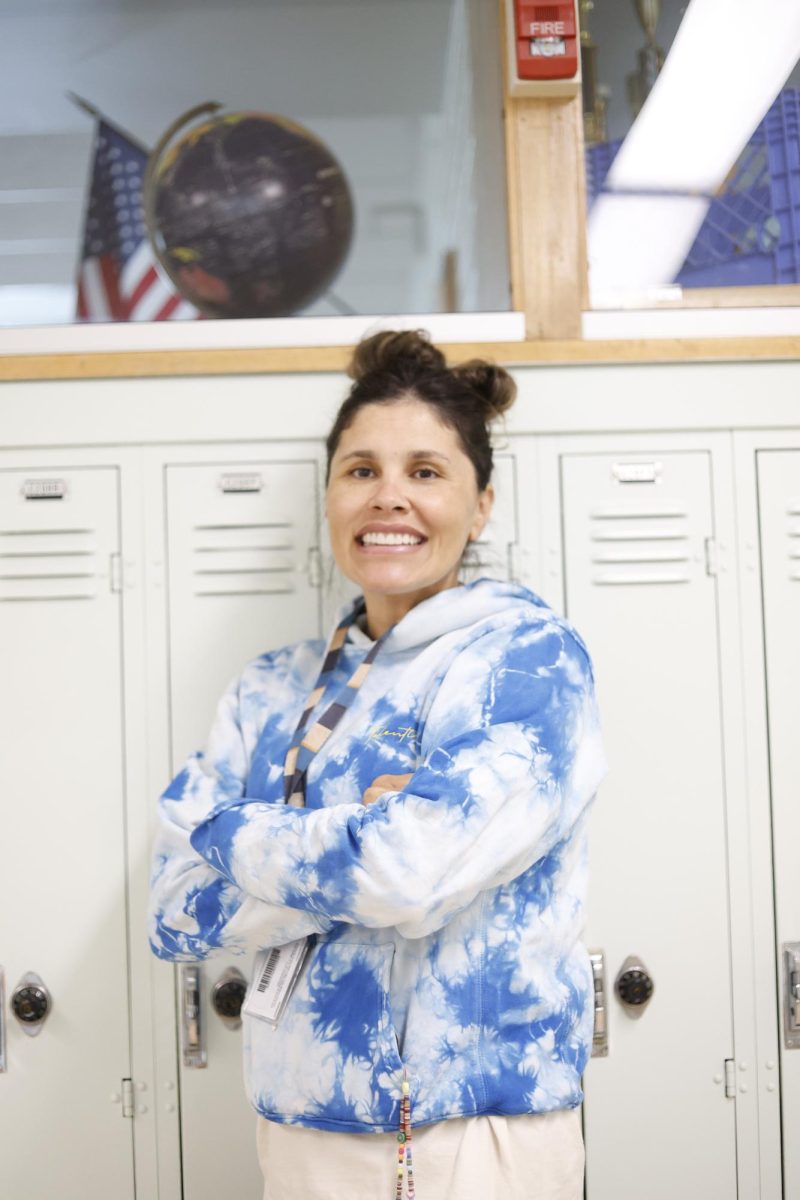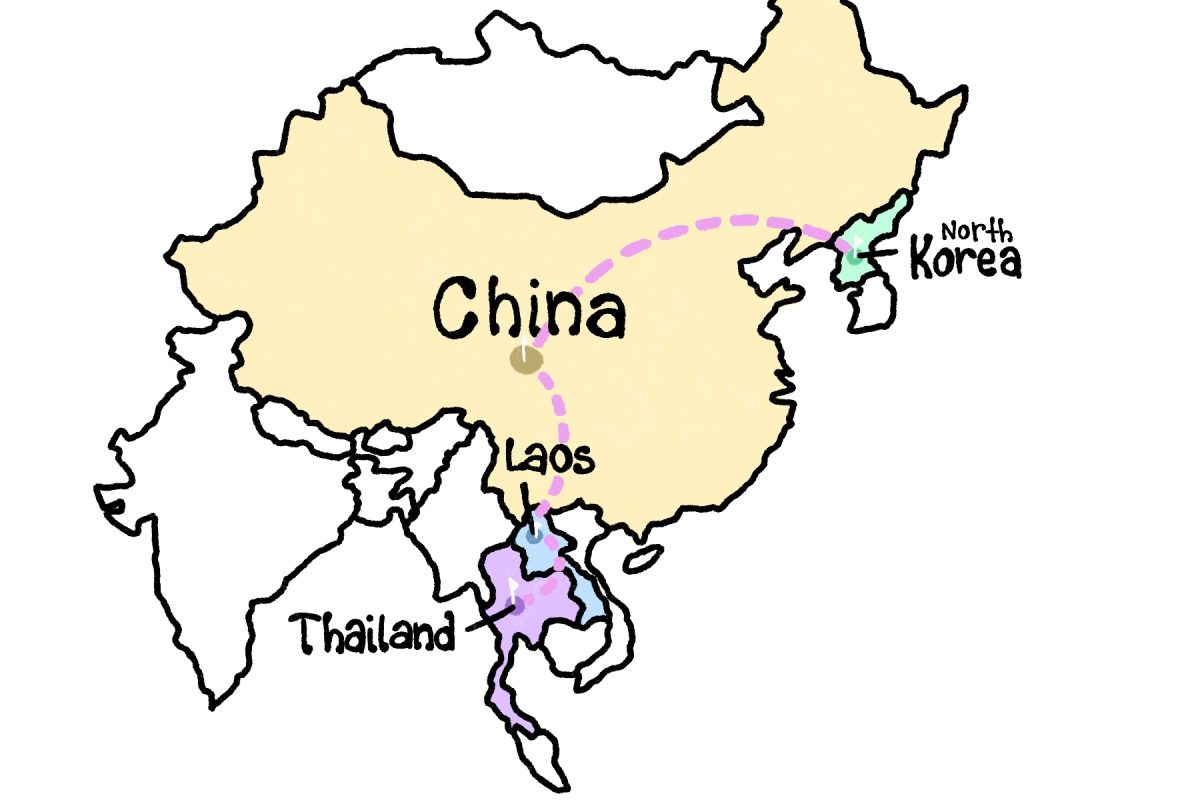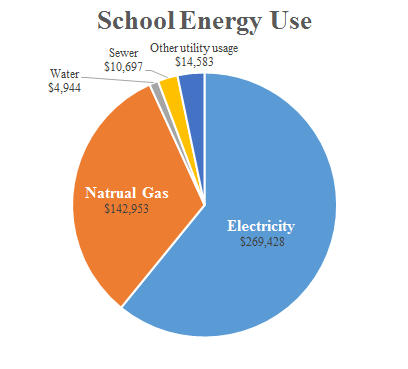Creating A “Greener” School
May 23, 2015
The quiet hum of computers is not an unusual sound, it is the presence of a machine continuing to churn and work and wait, sometimes by the dozens, soaking energy to stay alive.
Every time someone leaves a light on, or doesn’t turn off a computer at the end of the day, energy is wasted. But it’s not just one student, it’s hundreds throughout the Salt Lake School District. Greg Libecci, the District’s Energy and Resource Manager, found out that people in schools were forgetting to turn off computers before a long weekend or break, resulting in high energy usage when none was needed. To combat this problem, he teamed up with Information Technologists (ITs) to program the computers. Now, every day, at 6:00 pm, all 11,000 computers in the District that are still on, go into “sleep” mode.
The district has saved over 400,000 dollars in 2014 alone, based on using different measures and methods to ensure conservation of energy.
The lights at Highland High use the most energy by far and cost about 60.9% of the total utility bill. In order to decrease light usage, most of the lights in the hallways go out at 4:00 pm and some classrooms have occupancy sensors (lights turn off after 15 minutes).
Before, the lights in the building used to be incandescent, then they were changed to fluorescent lights, specifically T12s, and then T8s. However, in recent years, LEDs have become less expensive so it is possible to install them throughout the schools in the future. Light technology has come a long way, as LEDs use one-sixth of the energy incandescent used.
For buildings in construction, skylights with prisms, reflecting and dispersing light, is one strategy in reducing the amount of artificial lights a building needs. Already constructed buildings do not have this option, but they do have another one; solar panels. So far, six schools in the District are equipped with them. Grants from Bright Ideas Grants or Solar 4r Schools could supply Highland’s future panels. Not only would they provide some electricity, they could be utilized as a learning tool for science classrooms.
Besides computers and lights, Highland has been recycling and reducing the amount of waste that goes to the landfills. The large dumpsters outside of the school have different colors to represent the items inside. Everything in the brown dumpster goes to the landfill, blue is mixed recycling (like plastics and metals) and costs 25% less to transport than the brown land-fill dumpster. Lastly, there is the green dumpster, for paper and cardboard only.
For the 2013-14 school year, Highland recycled 55,760 pounds of paper and cardboard, just barely losing to East’s 57,310 pounds. Everyone time someone recycles, it adds up, and at the end of the year, Highland can earn hundreds of dollars for being green. Every student can participate in small, everyday actions, like remembering that food does not go into the blue bins during lunchtime. We can save energy one step at a time, creating a thoughtful, caring, Highland culture. Libecci has done many things to conserve and reduce energy usage in the district, and he hopes that people “not only care, say they care, but change what they do.”



